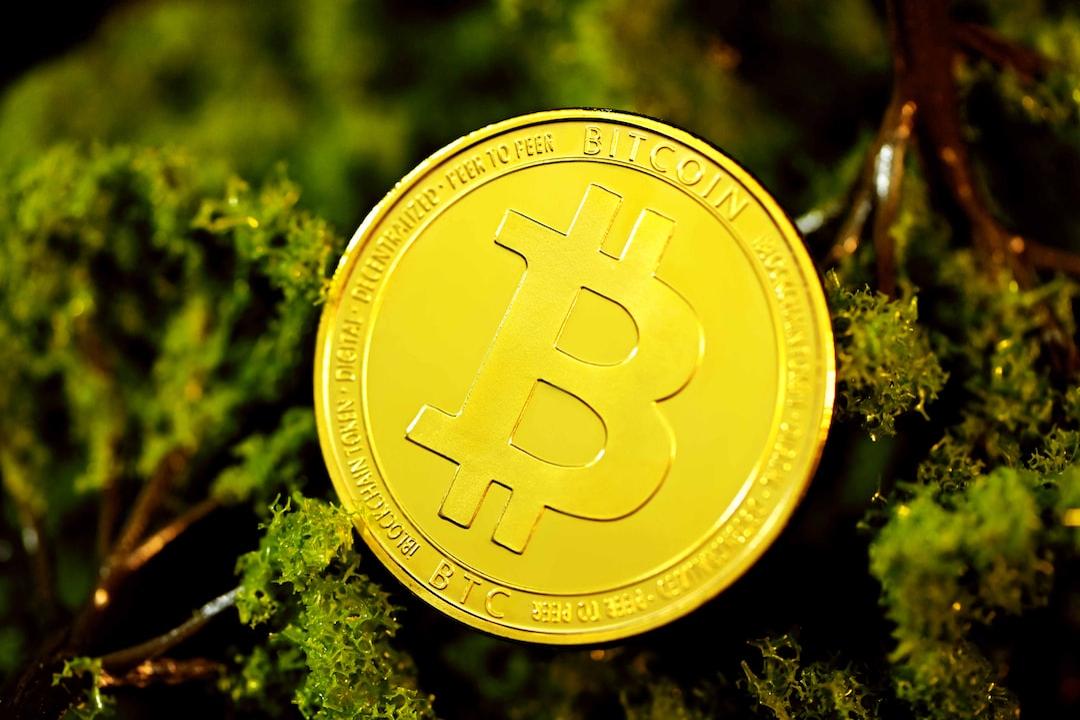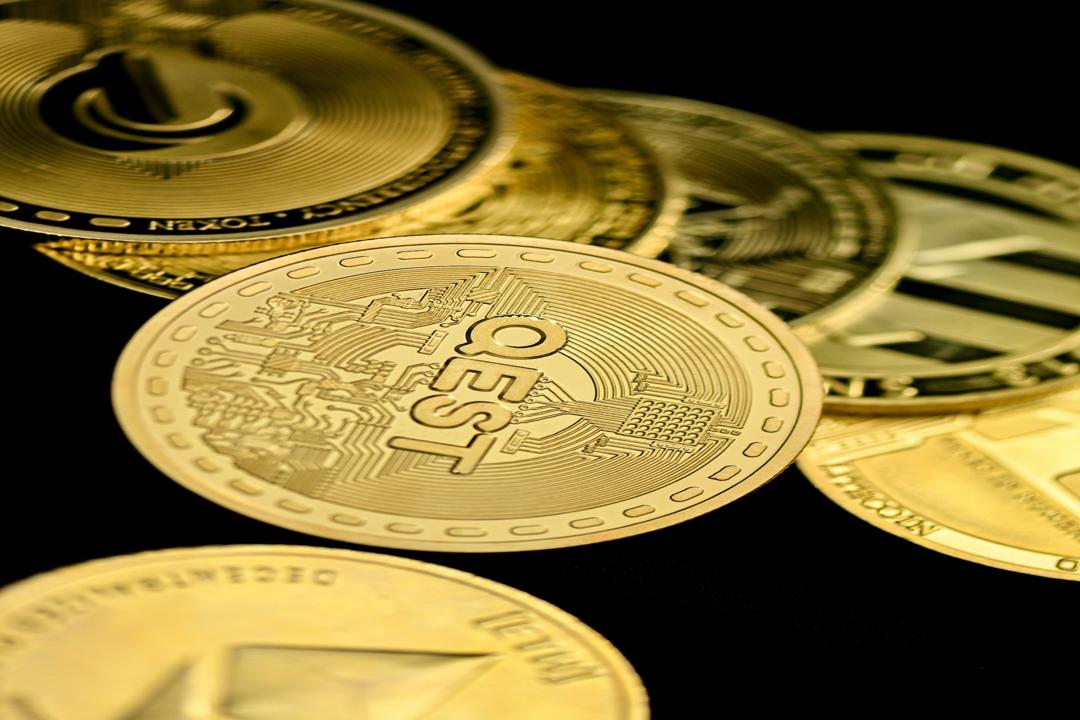Due to concerns about Trump’s trade war potentially impacting the global economy, risk aversion has intensified. Last Monday, gold prices temporarily surged past $2,943, setting a new historical high. However, today gold prices have seen a decline, possibly related to the recent easing of geopolitical tensions.
(Previous context: Gold soared past $2,850 to set a new high. Is a Bitcoin safe-haven rally about to erupt?)
(Background information: The author of “Rich Dad Poor Dad”: February will witness “the worst stock market crash in history”! Billions of dollars will flow into Bitcoin and gold.)
Gold has recently become the best-performing “Trump trade,” outperforming other major asset classes since U.S. President Trump took office. Investor demand for gold has surged due to concerns over the trade war and fears that global economic growth may be affected.
So far this year, gold prices have risen weekly. As Trump began to implement large-scale tariff measures, spot gold prices reached a historic high of $2,943 on the 11th. In some regions, such as local gold shops in Taiwan, buying prices even surpassed $3,000. However, on Monday, prices briefly dipped below $2,900, currently reported at $2,903, although gold prices have soared nearly 7% since the inauguration on January 20.

According to the Financial Times, compared to the strong surge in gold, the S&P 500 index has risen by less than 2%. Other popular trading targets affected by Trump’s policies, such as bets on a stronger dollar, rising U.S. Treasury yields, or bullish Bitcoin positions, have failed to generate profits, with some even experiencing declines.
HSBC precious metals analyst James Steel stated that gold tends to soar when trade contracts. During the COVID-19 pandemic and the global financial crisis, gold experienced a similar upward trend. The more tariffs there are, the greater the disruption to global trade, which only proves more advantageous for gold.
However, today gold prices have declined, possibly due to the recent expectation of easing geopolitical tensions. In addition to the potential end of the Russia-Ukraine war, there may also be groundbreaking developments in the conflict between Israel and Hamas. Reports today suggest that Hamas is preparing to hand over Gaza to the Palestinian government, with former government employees potentially being absorbed by the new administration or retiring, ensuring they receive their salaries.
Yet, if the aforementioned conflicts experience new variables, it may once again drive gold prices upward.
Important Macro Events This Week
Furthermore, since U.S. inflation data continues to exceed expectations, both core CPI and PPI have significantly lowered rate cut expectations, putting pressure on the cryptocurrency market. In the short term, ongoing changes in U.S. macro data should be closely monitored. The important macro events in the U.S. this week are as follows:
2/17 (Monday):
– Federal Reserve Governor Michelle Bowman and Philadelphia Federal Reserve President Patrick Harker will deliver speeches.
– U.S. stock markets will be closed for Presidents’ Day.
– Trading for precious metals and U.S. crude oil futures contracts on the Chicago Mercantile Exchange (CME) will end early at 03:30 Taiwan time on the 18th, while stock index futures trading will end early at 02:00 Taiwan time on the 18th.
2/18 (Tuesday):
– San Francisco Federal Reserve President Mary Daly will deliver a speech.
2/20 (Thursday):
– U.S. weekly API crude oil inventory data will be released.
– The Federal Reserve will publish the minutes from the January monetary policy meeting, and Chicago Federal Reserve President Austan Goolsbee will deliver a speech.
2/21 (Friday):
– Preliminary data for the U.S. S&P Global Manufacturing and Services PMI for February will be released.
– The final value of the University of Michigan Consumer Sentiment Index for February, and the final value of the one-year inflation expectation for February will be released.



